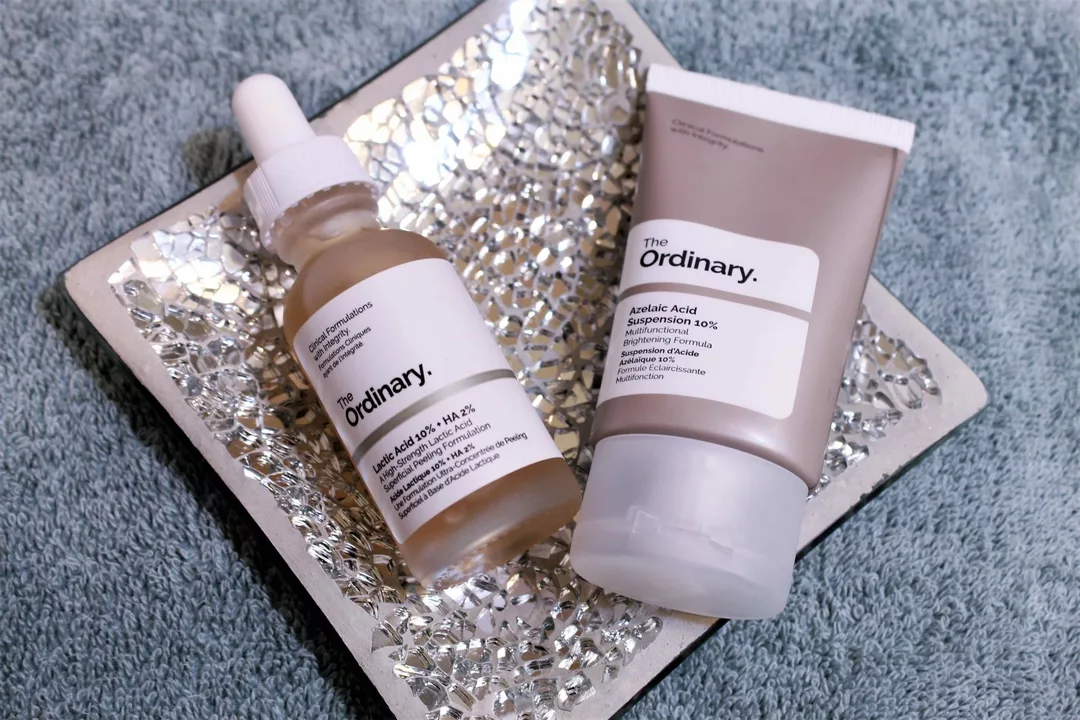Skincare Ingredients: Simple Guide to What They Do
If you’ve ever stared at an ingredient list and felt lost, you’re not alone. Knowing what’s inside your cream or serum can save money, avoid irritation, and actually improve results. Below we break down the basics so you can shop smarter without a chemistry degree.
Common Ingredients and Their Jobs
Hyaluronic Acid – Think of it as a water magnet. It pulls moisture into the skin, keeping it plump all day. Great for dry or mature skin, and it works well in serums and moisturizers.
Retinol (Vitamin A) – The anti‑aging champion. It speeds up cell turnover, smooths fine lines, and fades dark spots. Start with a low concentration at night to avoid irritation.
Niacinamide – A multitasker that reduces redness, balances oil, and strengthens the skin barrier. You’ll see it in many “all‑in‑one” formulas because it plays well with other actives.
Vitamin C (Ascorbic Acid) – Brightens dull skin and protects against free radicals from sun or pollution. Look for a stable form like magnesium ascorbyl phosphate if you have sensitive skin.
Salicylic Acid – The go‑to for clogged pores. It’s oil‑soluble, so it can dive into the pore and clear out debris. Perfect for acne‑prone or oily types.
How to Choose What Fits Your Skin
First, identify your main skin concern: dryness, aging, acne, or sensitivity. Then match an ingredient that targets that issue. For example, dry skin? Pair hyaluronic acid with a gentle ceramide moisturizer. Acne‑prone? Look for salicylic acid or niacinamide.
Next, check the concentration. Higher isn’t always better—especially for actives like retinol. A 0.5% to 1% retinol works for beginners; you can bump up after your skin builds tolerance.
Don’t forget the order of application. Lightest texture first (serums), then heavier creams. This lets each ingredient absorb properly without getting blocked.
Finally, patch test new products. Apply a small amount on the jawline for three days and watch for redness or itching. If nothing happens, you’re likely good to go.
By learning the role of common skincare ingredients, you can read labels with confidence and pick products that actually work for you. No more guesswork—just clear choices that match your skin’s needs.
- By Percival Harrington
- /
- 27 Apr 2023
The benefits of azelaic acid for men's skincare
As a man who cares about his skincare, I've found that azelaic acid has some amazing benefits. First, it helps reduce inflammation and redness caused by acne, giving my skin a smoother and clearer appearance. Second, it works to even out my skin tone and fade dark spots, making my complexion look more balanced. Third, azelaic acid is a great exfoliant that removes dead skin cells, unclogs pores, and prevents breakouts. Lastly, it's suitable for all skin types, so I don't have to worry about irritation or adverse reactions. Overall, azelaic acid has become an essential part of my skincare routine, and I highly recommend it to other men looking to improve their skin's health and appearance.



